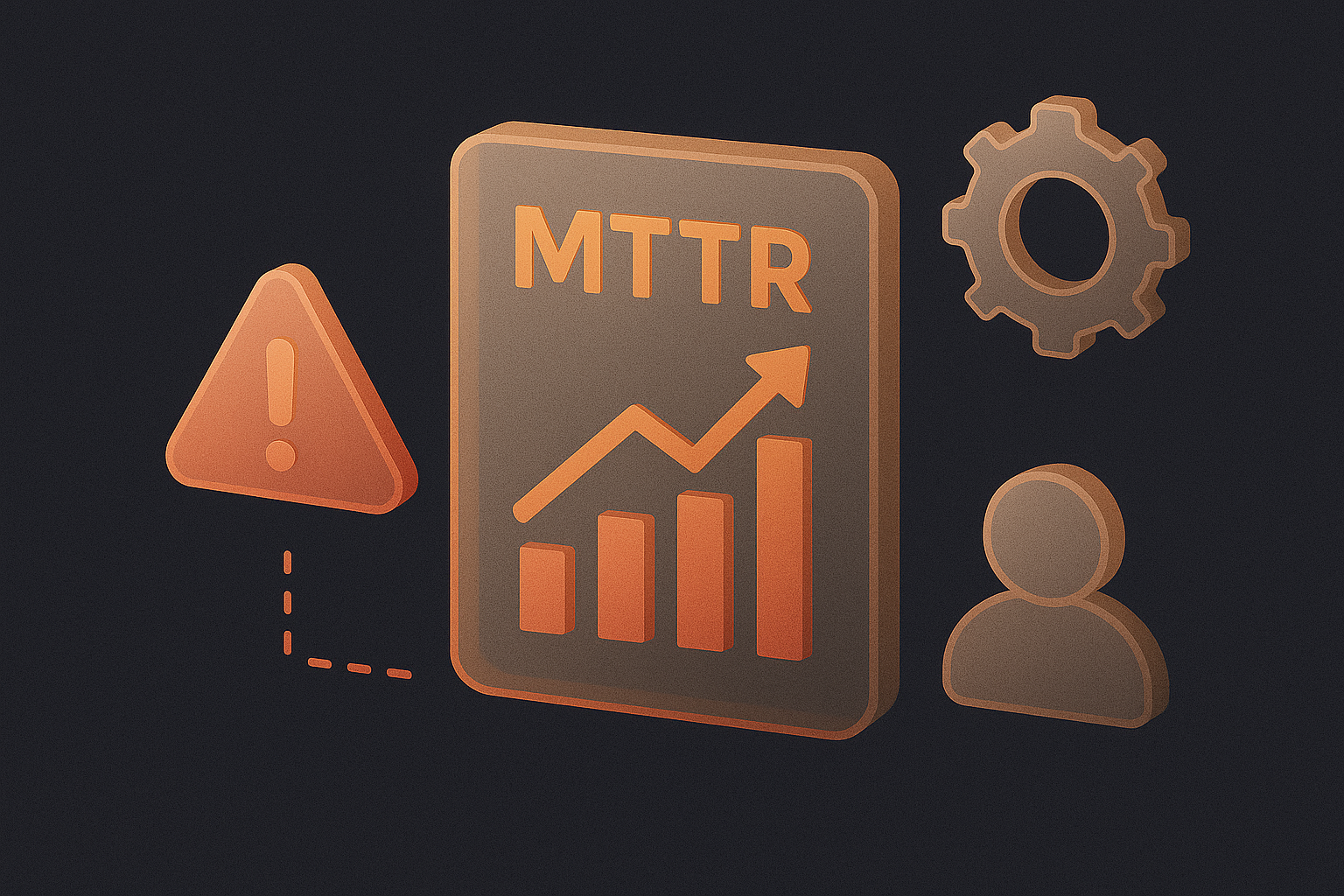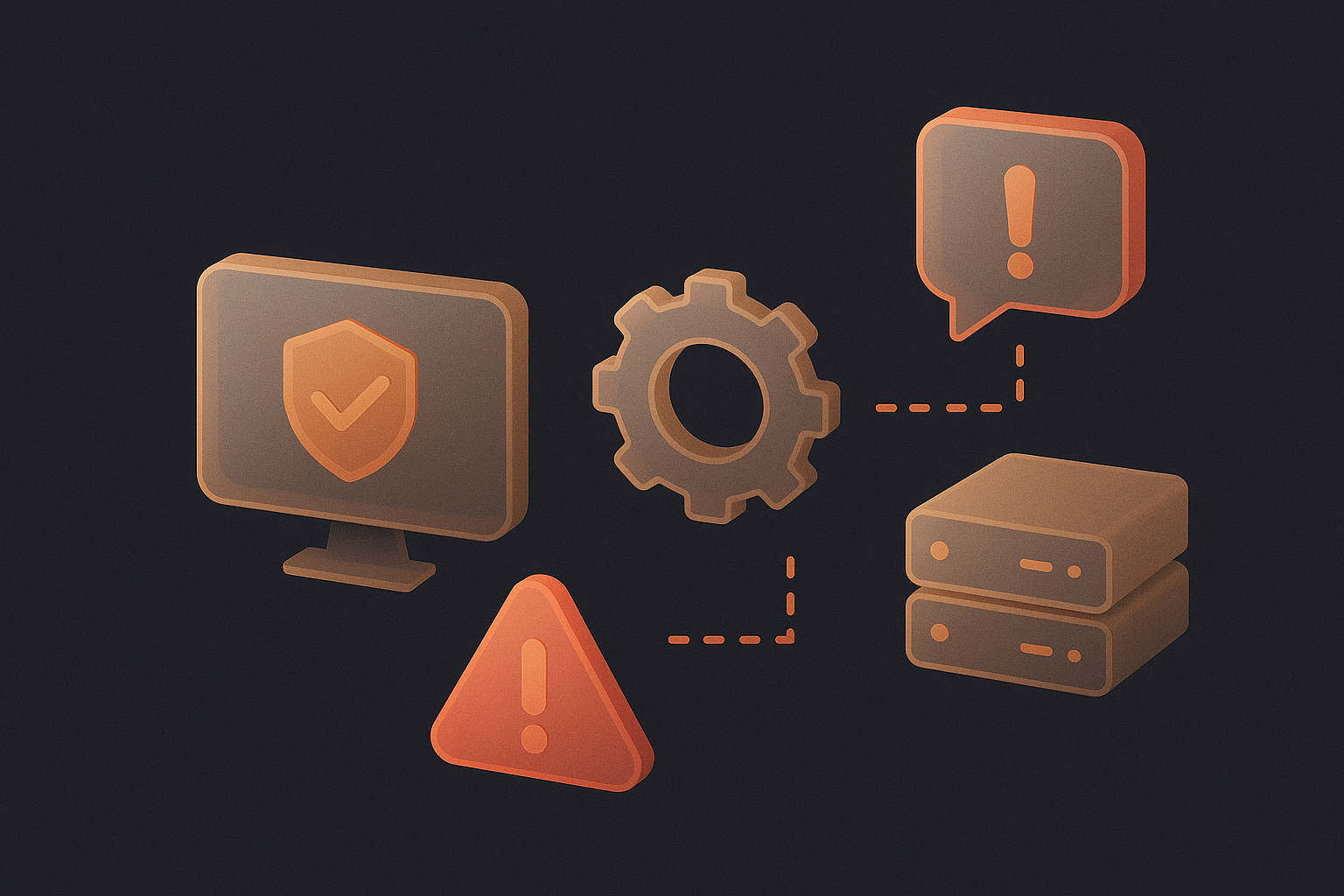We no longer live in a world where a few tools determine the way organizations structure their processes. From IT Service Delivery to Incident Response, Modern IT Operation Solutions need to embody the flexibility that most Enterprises require.
The dynamic ITOps ecosystem has shifted to put choice back in the hands of the user. Now, IT Solutions must follow suit. Modern Incident Response platforms, in particular, need the flexibility that enterprises need to mirror their enterprise architecture. Let’s take a look at how AlertOps provides this Incident Response flexibility to Enterprises.
Groups & Scheduling
Mirror Organizational Structure
At the crux of Enterprise pain points is a lack of flexibility in their on-call scheduling software. Because large enterprises need complete flexibility in constructing their response procedures, the ability to configure teams the way they are setup within an organization is crucial.
AlertOps offers the ability to nest groups in order to mirror the exact team layout for responders within an enterprise.
Keep all Responders in Sync
It is crucial for management as well as responders to know who is responsible for taking action on an incident even if they are on another continent and part of a different team.
In addition, AlertOps features a layered scheduling calendar view to offer visibility of all individuals across teams and time zones that are responsible for response procedures within selected timeframes.
Escalations
Put the Response Process back in the hands of Responders
Because the escalation path within organizations differ so widely during incident response, enterprises need to customize to the point that they practically have a custom solution specific to their needs. AlertOps offers this flexibility and has features to address this need for customization.
Foster a practice of efficiency
Because Escalations are separate from Groups and Scheduling, AlertOps provides a variety of benefits in terms of implementation. For example, once a group is configured, AlertOps can setup a variety of different escalation scenarios featuring the same group, without having to recreate the schedule.
Automate Team Assembly & Go Beyond On-Call
From a Major Incident perspective, enterprises need to assemble all available personnel relevant to the issue at hand to resolve the incident as quickly as possible. In the case that additional teams and resources must be assembled beyond the on-call rotation, AlertOps provides the ability to easily add and escalate beyond the scope of a schedule.
Notify using the channels and process that works for YOU!
From an outreach perspective, various organizations implement different standards for response processes. This standardization may also include the channels of communication used to reach out to responders. Alternatively, other organizations have no specifications and simply wish to perform outreach on channels to which responders are most likely to reply. Because of this, AlertOps also offers the ability for users to standardize contact methods under specific escalation scenarios as well as the option for users to configure how they would like their individual contact methods to be configured.



